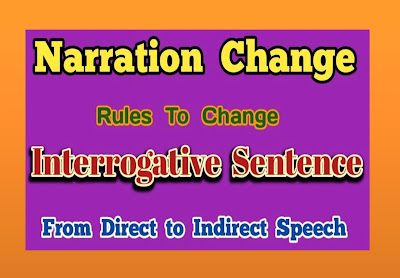ICT as Threats to Education
ICT
as Threats to Education
As in other socio-economic spheres,
in education, technology companies are important players in the ICT and
education space. They provide ‘ICT-based educational services’ to schools,
through digital content and ICT teachers. Since its digital content can be
easily played in schools, it is seen as a solution to the large-scale content
needs of the public education system. However, this process generally means
that the teacher remains a "consumer" of content created elsewhere,
and that this "digital content" is attached to the textbook that the
State Department of Education produces for all schools. It also leads to the
privatization of the school curriculum. Although textbooks and other materials
created by regional governments must comply with national and regional
curricula and established educational principles, such conformity is not
required, nor is it explicitly perceived in the case of digital content, the
quality of which is often doubtful In the absence of safeguards to ensure
compliance with educational objectives, giving more space to the role of a
privatized curriculum constitutes a threat to the broader trans-formative objectives of education discussed above, as private sellers typically restrict
their digital content to academic areas..
Second, the provision of this type of electronic content is
moving to the ‘cloud’, where schools need to connect to platforms created by
companies to access resources. While the cloud alleviates the requirement for
dynamic content, it can lead to centralization and a 'one size fits all' mode
of content delivery. These centralized and privatized modes of ICT
implementation for content delivery are attractive to both education
bureaucrats (who often have deep mistrust of the teacher) and businesses.
However, they dis-empower the teachers and reduce the possibilities for
contextual learning. The role of teachers is limited to that of 'user' or
'consumer'. The possibilities to explore different learning paths and to
address the diverse learning needs of different students are limited by the
thinking behind prepackaged content.
ICT
as an empowerment process However, ICT in education can also be conceived in
much more empowering ways. ICT can strengthen teachers' professional
development by allowing them to access various information repositories and
decide what to use and adapt. Teachers can also connect with each other through
digital networks for peer learning and exchange. Digital networks have allowed
the emergence of ‘communities of practice’ as a powerful tool for the professional
development of teachers.
Large
groups of 'professional learning communities' in broader geographic areas can
also serve as forums for sharing resources, experiences and ideas. Most
importantly, teachers can use digital applications to create their own learning
resources. Seymour Papert5 popularized the idea of 'construction-ism', in
which students can use digital tools to 'create, learn' and 'learn and create',
which is a virtuous cycle of free exploration of digital applications to
develop learning materials and Through this process, learn both about the use
of digital tools and about material development processes. The materials-making
process also strengthens the teacher's aptitude for agency and develops her
creative abilities. It allows you to view resources that are appropriate for
the specific and diverse needs of your students. Support large-scale material
development.
The process of creating digital learning materials by
teachers has another potentially beneficial outcome: the development of open
educational resources at scale. If teachers' abilities to use digital
applications to create materials are developed on a large scale, and when these
resources are shared by teachers among themselves and published on platforms or
repositories for others to use and adapt, under copyright that allows such
sharing, then it would be a powerful method of creating resource-rich learning
environments. In the context of non-English learning environments, this model
would be even more useful, as the availability of curriculum resources in most
languages in developing countries is only a fraction of what is available in
English.
Conclusions
- questions to ask Therefore, to realize the beneficial possibilities of AI in
education and to avoid or minimize the harms, it is essential to ask questions
from the political economy: who benefits and who controls it? More
specifically:
1.
Does the use of digital technologies support the achievement of the established
educational objectives, or is it based on the technological propaganda of
'simpler', 'faster', etc., which hides the results that its use would promote?
Digital technologies should only be adopted when the answer to this question is
clear: that their use would contribute to the achievement of specific educational
objectives. 2. Do these technologies belong to schools and teachers? Can they
promote changes or seek modifications according to their needs? Or are they
technologies owned by private and commercial entities, liable to respond only
if there are profit opportunities, or when they can manipulate the use of the
technologies for the surveillance of schools, teachers and students?
3.
Who owns the data created or provided through digital applications? Who
controls its use? What should be the role of private digital service providers
in data management and control?
4. Does the use strengthen the agency of the
teacher and the autonomy of the school, by providing more opportunity and
authority? Does it provide teachers and schools with more content and pedagogical
opportunities? Or does it reduce your chances? Does it weaken schools and
teachers by turning them into mere instruments of the central nodes, based on
platforms, which is where power and control reside?




Comments
Post a Comment